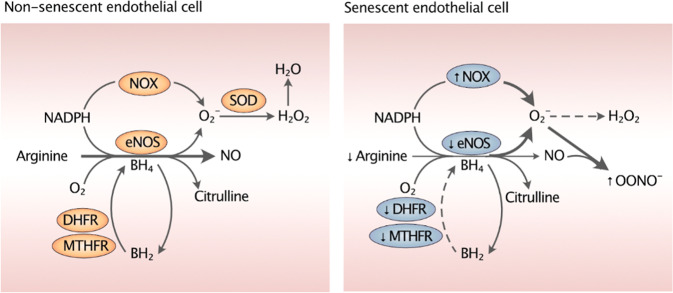Fig. 3. Overview of eNOS uncoupling in endothelial senescence.
eNOS uncoupling occurs due to a reduction in the eNOS cofactors arginine and BH4 and is exacerbated by a decrease in the levels of DHFR and MTHFR, which are enzymes that regenerate BH4 by reducing BH2. eNOS and NOX uncoupling produces superoxide, which shows a higher affinity for NO than for its alternate scavenger, SOD, and ultimately leads to the production of OONO−, a potent oxidant. In addition to taking up NO for its own formation, OONO- oxidizes BH4 into BH2, reducing the eNOS cofactor. These mechanisms collaboratively decrease the NO availability during endothelial senescence. NADPH reduced nicotinamide adenine dinucleotide phosphate, NOX NADPH oxidase, eNOS endothelial nitric oxide synthase, NO nitric oxide, SOD superoxide dismutase, OONO- peroxynitrite, H2O2 hydrogen peroxide, H2O dihydrogen monoxide, BH4 tetrahydrobiopterin, BH2 78-dihydrobiopterin, MTHFR methylenetetrahydrofolate reductase, DHFR dihydrofolate reductase.

